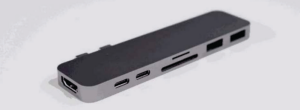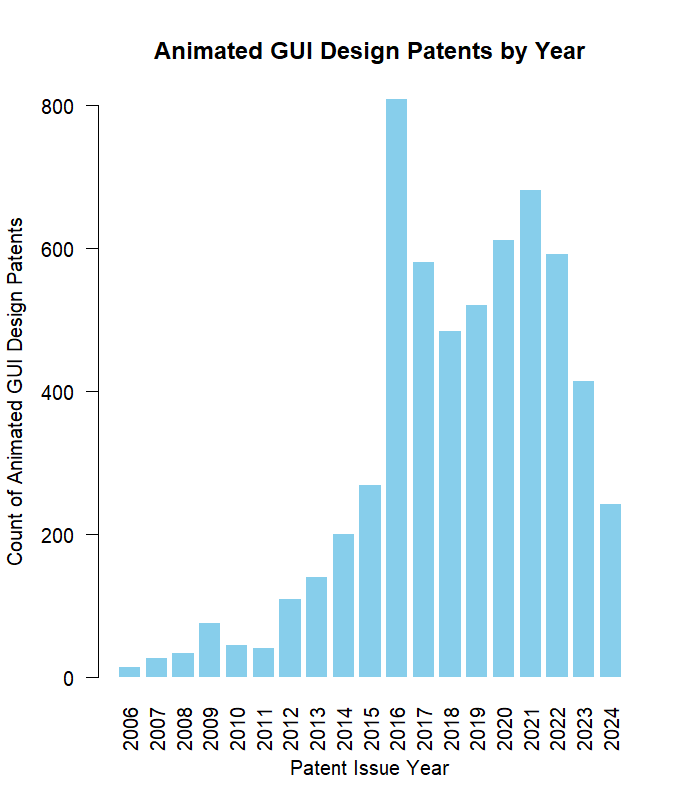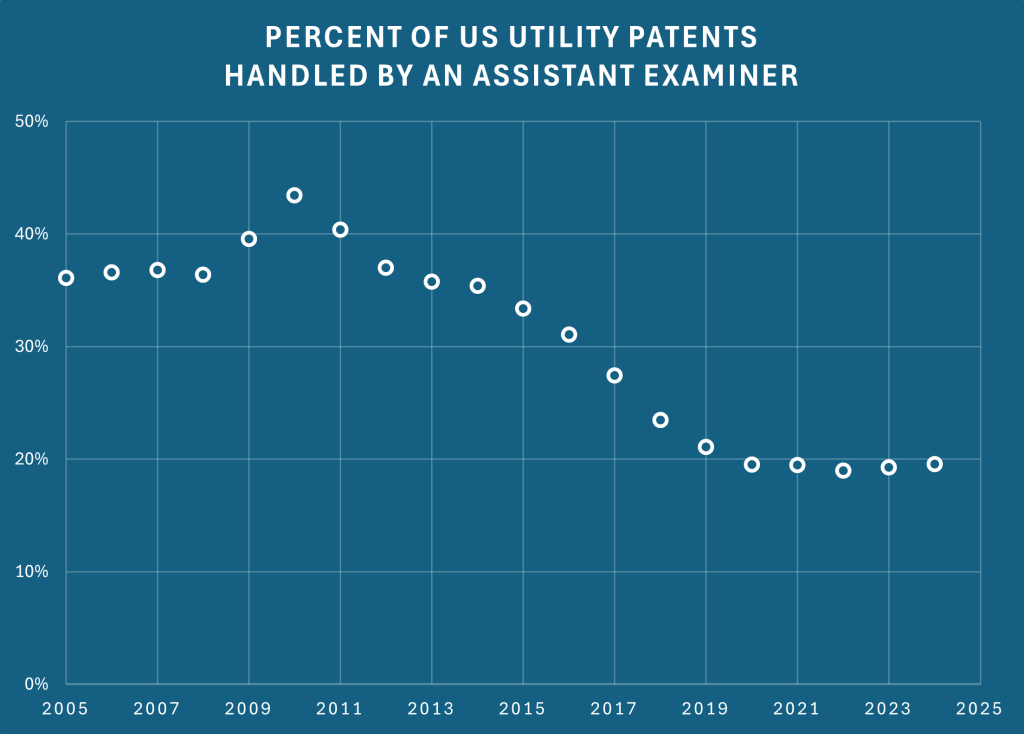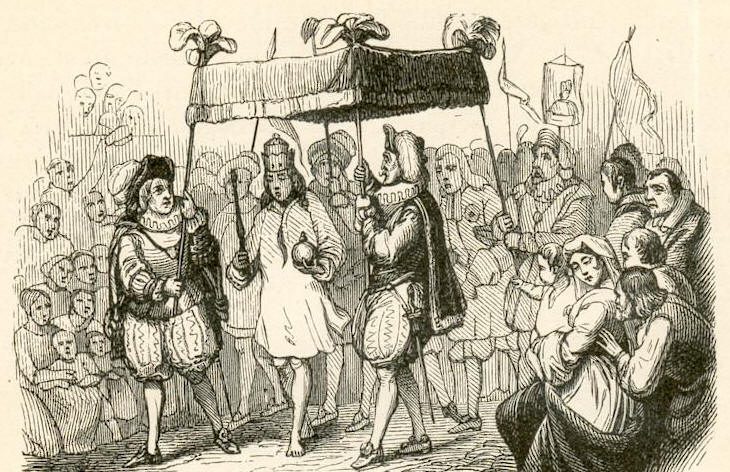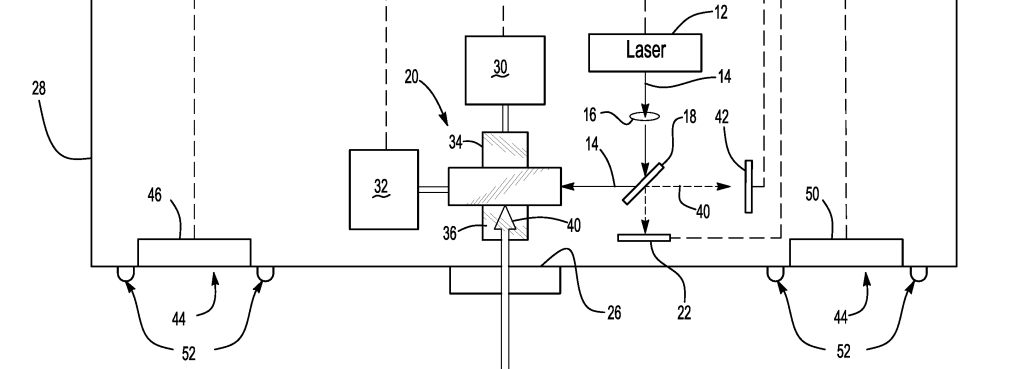Check your Patent Term Adjustments (PTA): What you Need to Know about the USPTO Error
by Dennis Crouch
The United States Patent and Trademark Office (USPTO) has disclosed a significant error in its patent term adjustment (PTA) calculations, potentially affecting patents issued between March 19, 2024, and July 30, 2024.
The USPTO discovered a coding error introduced in a recent software update. This error specifically affected two aspects of the PTA calculation:
1. The "A" delay under 35 U.S.C. 154(b)(1)(A)
2. The amount of overlap under 35 U.S.C. 154(b)(2)(A)
Importantly, other components of the PTA calculation were not impacted by this error. The USPTO estimates that approximately 1% of patents issued during the affected period may have been impacted. In many cases, the overall PTA remained correct because the inaccurate "A" delay equaled the inaccurate "Overlap." However, in some instances, these inaccuracies didn't balance out.
To continue reading, become a Patently-O member. Already a member? Simply log in to access the full post.
